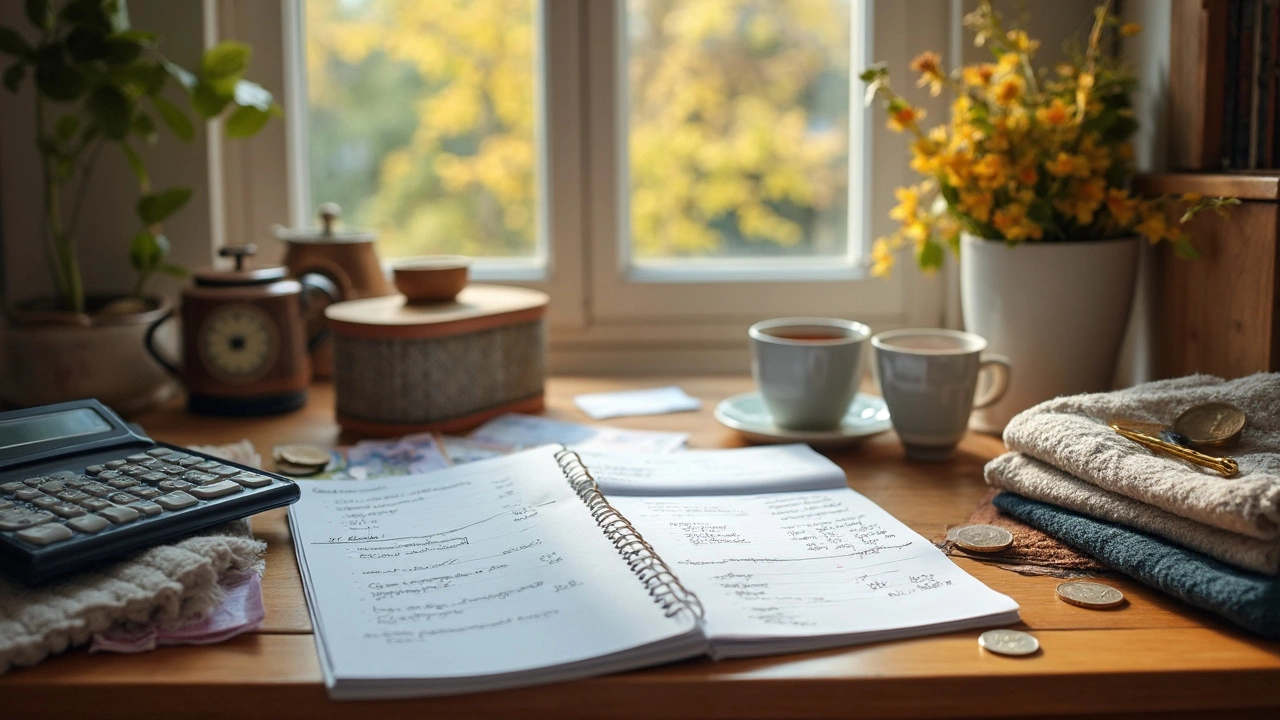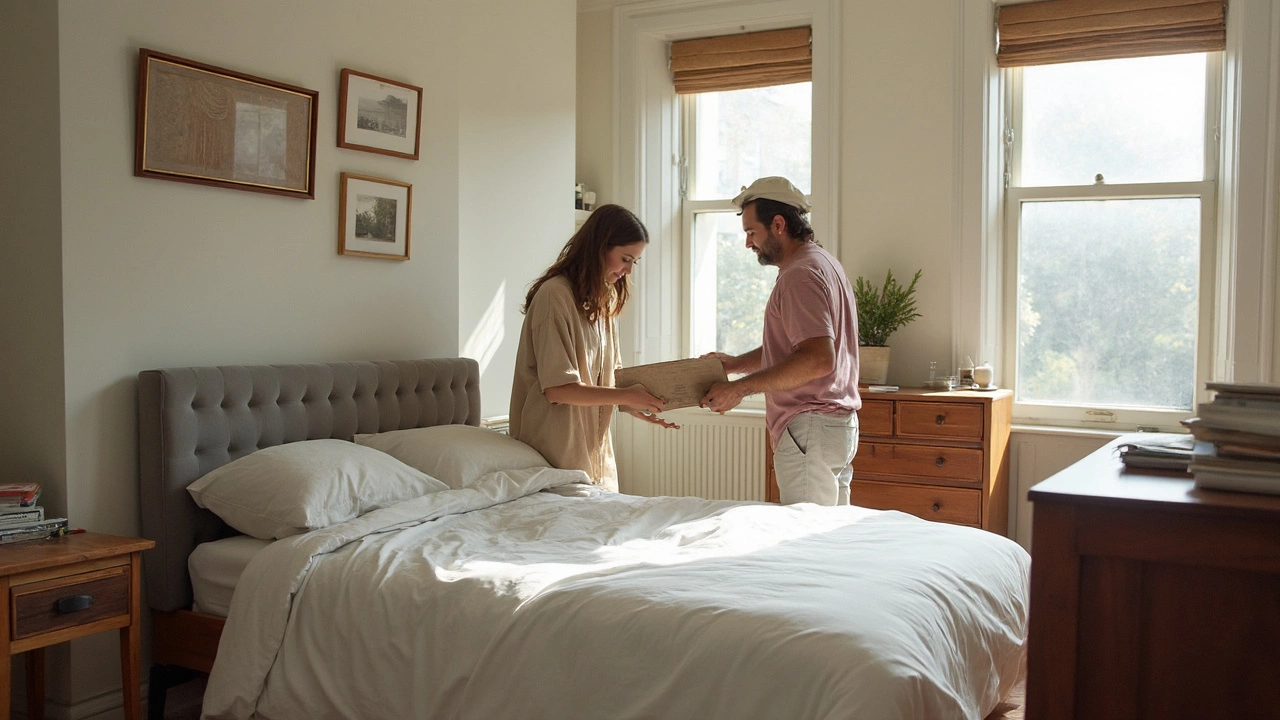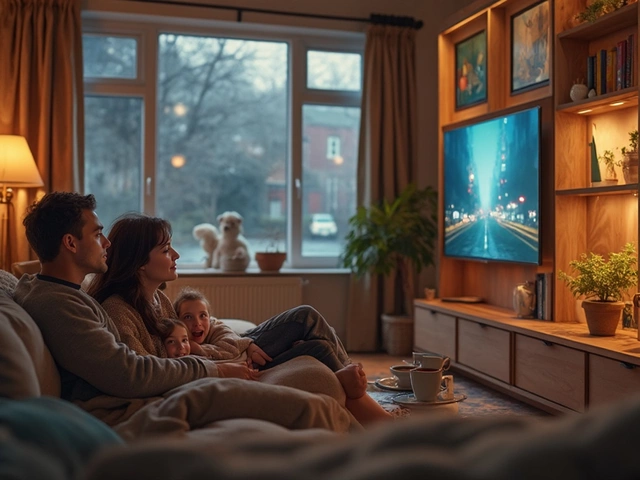Imagine walking into your bedroom after a long day—should it feel like a luxury spa or your grandma’s attic? The gap between these extremes is where most of us land, and figuring out how much to actually spend on bedroom furniture can trigger instant decision fatigue. It’s weird: plenty of people will rattle off what they paid for a car down to the last cent, but when it comes to beds or nightstands, the numbers get fuzzy—fast. That’s not because furniture is mysterious; it’s because knowing what’s really worth it (and what’s skippable) takes a bit of planning, some honest priorities, and a willingness to admit you probably don’t need a $700 lamp. If you want the real numbers—and a plan that actually works with real-world budgets—let’s get into it.
What’s the Real Price Tag for a Fully Furnished Bedroom?
Let’s skip the magazine spreads and get practical. If you’re moving into your first apartment or replacing the “hand-me-down chic” look, setting a bedroom budget deserves more thought than scrolling Instagram at midnight. For most people, the essentials are pretty straightforward: a bed (including a mattress and possibly a frame), a dresser, a nightstand or two, some kind of lighting, and maybe some curtains. But what are those actually going to cost?
For a new, mid-range setup (not total bottom-shelf, but not luxury brands either), expect to spend about $2,500–$4,000 for a full queen-sized setup. Here’s the typical breakdown you’ll see at big-box and popular online retailers in the US:
- Queen mattress and foundation: $900–$1,700 (memory foam and hybrid options are pricier but last longer).
- Bed frame or headboard: $250–$800 (solid wood frames can get expensive quick).
- Dresser: $400–$800 (prices climb with size or if you want fancy drawer slides).
- Nightstands: $100–$400 each (you’ll probably want two, but one can work if space or budget is tight).
- Lamps: $60–$200 each depending on style or if you want smart bulbs.
- Curtains or window coverings: $80–$350 (don’t skip these—privacy matters).
- Decor like bedding, wall art, and rugs: $300–$800 (yes, good sheets can make or break comfort).
Pile that all up, and you land somewhere in the $2,500–$4,000 zone unless you’re hunting for deals or buying high-end pieces. That might sound like a lot, but remember—most people don’t buy everything at once, and plenty stretch out purchases across a few months (or years). Want to trim it down? Plenty of people get creative: skip the dresser if you’ve got a closet system, or try open shelves instead of traditional nightstands.
Breaking Down the Essentials Versus the Extras
Let’s face it—not every Pinterest-worthy item in a showroom should end up in your bedroom. When debating which pieces to buy, start by asking what’s non-negotiable for you. Would you rather upgrade your mattress and keep things minimal, or make the room feel pulled together with matching furniture?
Mistakes people often make? Blowing almost the whole budget on a bed frame, but then sleeping on towels for sheets. Or, collecting “quirky” vintage pieces, only to find nothing actually works together or fits the space. If you want to avoid these classic missteps, here’s a basic rule of thumb: invest the most in the pieces you use every single day. That is, your bedroom furniture cost budget should favor a good mattress—studies show people spend about a third of their lives in bed, and a cheap mattress can mess with your sleep for years. Don’t go bottom-of-the-barrel (the $300-in-a-box stuff will get lumpy fast), but aim for memory foam or hybrids that feel comfortable and come from trusted brands.
After the mattress, split your focus between functional storage (like a solid dresser) and a comfy place to unwind. If the vibe matters to you, invest in layered lighting: some people genuinely sleep better with the right bedside lamp or blackout curtains. Skip things you barely use (like bench seating or accent chairs, unless you actually need a reading nook) and don’t drop cash on tiny decorative pillows if they’ll just get tossed on the floor.
- Prioritize these essentials first: Mattress, bed frame, two nightstands, dresser, one or two lamps, and a set of good sheets.
- Add rugs or art for texture—but choose only what you love, not what a website “suggests.”
- Hold off on extras until you live in the space and actually spot what’s missing.
Fact: Spaces feel cozier with less stuff than you think. Many designers swear by the “edit and remove” approach—start with less, then add only what feels absolutely needed. And if you ever want to sell or swap out a piece, picking timeless basics rather than super-trendy items means you’ll have an easier time finding buyers.

Smart Ways to Save Without Compromising Comfort
The idea that furnishing a bedroom will empty your wallet is outdated—especially with online shopping, secondhand finds, and DIY options all over the place. Here’s a not-so-secret fact: you can absolutely furnish a solid bedroom for half the price if you’re savvy about where to shop and what you really want.
Thrift stores and Facebook Marketplace aren’t just for college students. You can score hardwood dressers from the 1960s that are better quality than most new “assembly required” options out there. Got your heart set on a specific style? Look for replicas or gently used items instead of paying retail. Many stores, like IKEA, offer solid basics that last several years—mattresses and all. Upgrade over time by swapping out only a piece or two (like new nightstands, a statement headboard, or unique lighting) as your tastes and budget allow.
- Buy gently used frames, dressers, and side tables—then upgrade your mattress new. Bedbugs and bad springs aren’t fun, so don’t go used on mattresses.
- Focus your dollars on the parts you touch every day—high-thread-count sheets and a supportive pillow can outshine a fancy rug any day.
- Use paint or removable wallpaper behind the bed for an instant refresh instead of new furniture.
Curious about how much time people spend researching a purchase? A recent survey found the average shopper spends three weeks reading reviews before buying a new mattress, but only a few days before grabbing a nightstand or lamp. That’s telling—even people on a budget prioritize things that affect sleep. So don’t stress about matching every single piece: it’s way more important that your mattress and bedding work for you than if all the woods in the room are the same tone.
If you’re handy, try DIY headboards or refinish thrifted pieces—the cost savings can be massive, and you get a one-of-a-kind look. And if you’re not, plenty of local makers will build custom pieces for the price of mid-range mass-produced brands, if you know what you want.
How to Build a Bedroom Budget That Fits Your Real Life
Setting a budget can feel like a drag, but it’s the piece that makes sure you walk into your finished room actually loving it (without dreaded bank statement regret). Start by picking the single most important piece for you. For most, that’s the mattress or a really comfortable chair, not matching nightstands. Then allocate the most cash there and work backward—leaving some margin for a finishing touch or future upgrade.
Think practically: If you rent and are likely to move soon, don’t get the world’s heaviest oak dresser. If you’re putting together a space you’ll outgrow soon (like a temporary college apartment), prioritize versatile basics you can easily sell or donate. The sweet spot is spending just enough on the pieces you’ll want to keep for at least five years—think in “dollars per use.”
- List out your must-haves, and next to each, jot down what matters most: comfort, storage, style, or price.
- Research prices at a few stores or secondhand—don’t default to big chains only.
- Set your “upper limit” for the big ticket items—mattress, dresser, and bed frame—then decide where you’ll go budget on things like lamps or decor.
- Budget for delivery or assembly fees if you’re not DIY-inclined. Nothing ruins a new room like a box of furniture you can’t put together.
- Leave a cushion for extras: maybe it’s a pop of color with new pillows, maybe it’s treating yourself to a smart lamp. You’ll spot the places where a small upgrade makes a big difference once you’re actually living in the space.
Think twice before you go “all in” on a themed look. In a few years, you might cringe at the neon campaign dressers or the animal print pillows, while a clean, well-made bed and solid dresser rarely go out of style. The best bedrooms strike a balance between splurges and smart spends—comfy essentials with a few inviting extras. Your sleep (and your wallet) will thank you for it.



